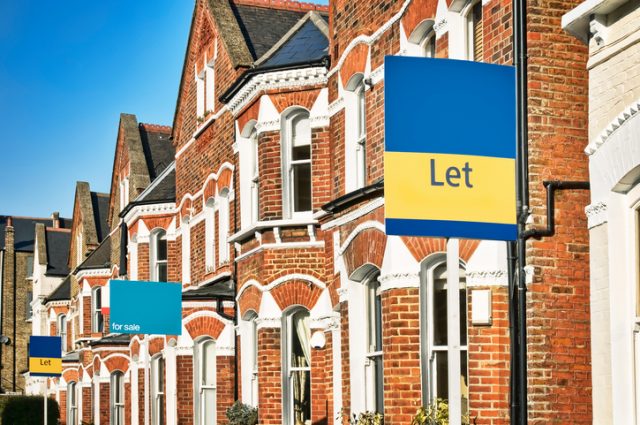
Commercial and residential buildings are a vital part of any community. They provide a place for people to live, work, and conduct business. Building a commercial or residential building can be a daunting task, but with the proper planning and execution, it can be a success. Here are 8 tips to help you build a successful commercial or residential building.
1. Have a clear vision for your project
As with any building project, it is essential to have a clear vision for your commercial or residential building before beginning construction. This means knowing exactly what you want the result to look like and having a detailed plan for how to get there. Without a clear vision, getting sidetracked or losing sight of your overall goal can easily lead to costly delays and mistakes. Additionally, having a clear vision will help you better communicate your expectations to your contractor and other team members, ensuring that everyone is on the same page from the start. So before starting your next building project, take the time to sit down and map out your vision for the finished product. It will save you time, money, and headaches in the long run.
2. Hire a good architect
A good architect is someone who can bring your vision to life. They will work with you to understand your needs and wants and then create a design that meets those needs. A good architect will also be able to provide you with a realistic estimate of the cost of your project, and they will be able to find ways to save you money without compromising on quality. In addition, a good architect will be familiar with the building code in your area, and they will be able to ensure that your project meets all of the requirements. Hiring a good architect is one of the most critical steps in ensuring that your commercial or residential building project is successful.
3. Plan for future growth
Whether you’re building a commercial or residential property, planning for future growth is essential. This means considering the surrounding area and possible zoning changes that could impact the property. It’s also important to factor in the needs of any potential tenants or buyers. For example, if you’re building a residential property, you’ll need to consider how many bedrooms and bathrooms will be needed to accommodate future families.
4. Pay attention to the details
Building a commercial or residential building is a process that requires attention to detail. Before any construction can begin, you must survey the land and lay the foundation. The next step is erecting the framing, which will support the exterior walls and roof. Once the frame is in place, the exterior finish can be applied. This may include brick, stone, siding, or stucco. The final step is to add the interior finishing touches, such as flooring, fixtures, and trim. Following these steps carefully ensures that your commercial or residential building will be sturdy and attractive.
5. Use quality materials
The materials quality is essential when building a commercial or residential structure. Sub-par materials can lead to several problems down the road, including decreased stability, water damage, and thermal leaks. Furthermore, poor-quality materials are often less durable than their higher-quality counterparts, which will need to be replaced more frequently. This can cost far more in the long run than using quality materials from the outset.
6. Get permits and approvals on time
The process of building a commercial or residential building can be a long and complicated one. There are a lot of different permits and approvals that need to be obtained to begin construction. In some cases, the process can take months or even years. However, it is crucial to get all the necessary permits and approvals on time to avoid delays.
7. Cooperate with contractors
Commercial Roof repairs Brisbane is an essential contractor to have on your side when you are building a commercial or residential building. They can provide the materials and labour you need to get the job done right.
8. Inspect the work regularly
Regular inspections of commercial and residential buildings are essential to ensure the safety of occupants and the general public. These inspections help to identify potential hazards and correct them before they cause severe damage or injury. Inspectors look for various things, including electrical risks, trip hazards, loose handrails, and ladder safety.
Conclusion
By having a clear vision for your project, hiring a good architect, and using quality materials, you’ll be well on your way to creating a building that meets all your needs.













